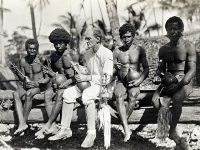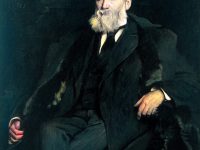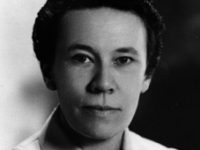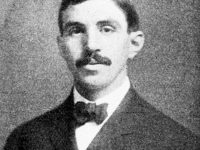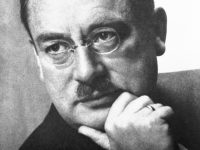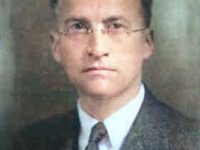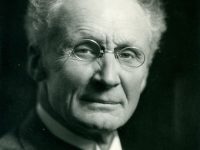Bronisław Malinowski – the Founder of Social Anthropology
On April 7, 1884, Polish anthropologist Bronisław Kasper Malinowski was born. Malinowski is widely recognized as the founder of social anthropology and often considered one of the most important 20th-century anthropologists. Early Years Bronisław Malinowski was the son of the Krakow linguist Lucjan Malinowski. When he was thirteen years old, his father died. In his youth he received strong influences from Ernst Mach,[6] a philosopher oriented towards natural science, and from linguistics. Malinowski earned…
Read more

